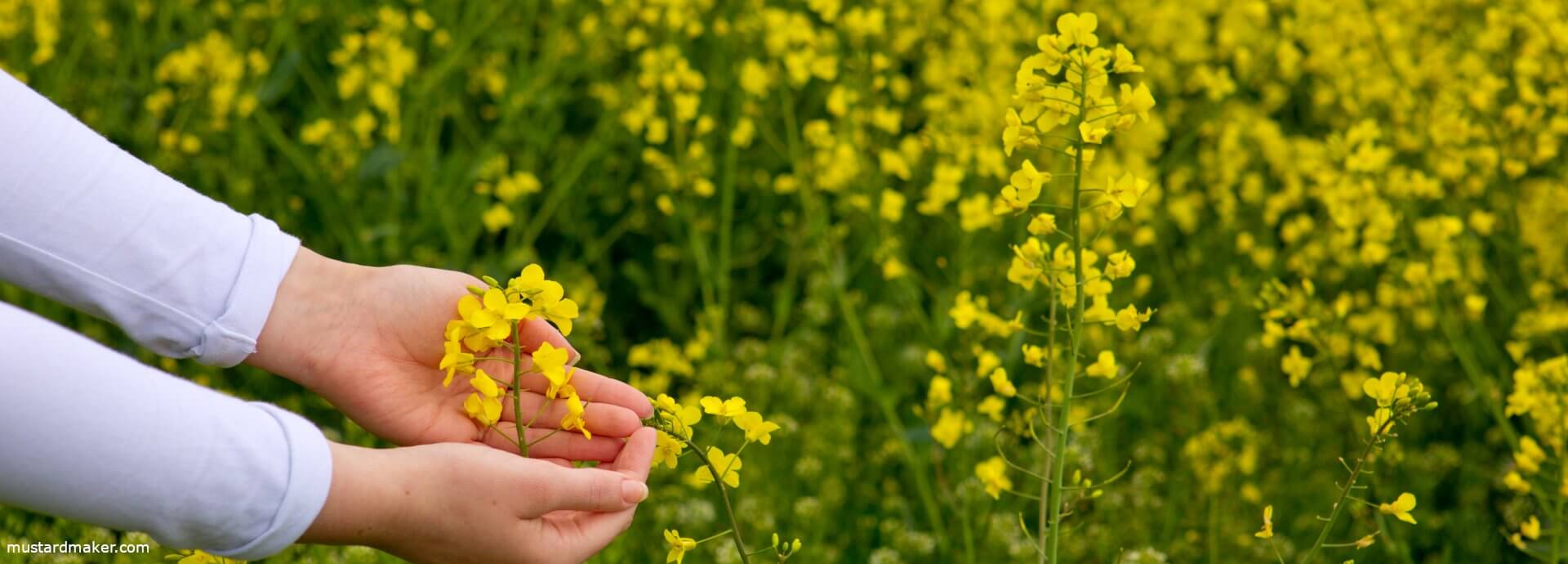Sow mustard

When to sow mustard?
Mustard seeds for obtaining mustard seeds are sown in the spring from mid-May in a sunny to semi-shaded location.
Can you use plain mustard seeds for sowing?
Yes, you do not necessarily have to buy an extra mustard seed for this, because even a bag of mustard from the supermarket is germinable. Alternatively, mustard can be grown in advance on the windowsill and placed outdoors after the icemen. When mustard is sown late in the year, the goal is usually green manuring, which is becoming increasingly important, especially in the organic landscape.
1. loosen the soil.
2. moisten the planting hole.
3. place the seed in the planting hole.
4. keep a planting distance between 10 and 20 cm.
5. cover the mustard seeds with soil 2 cm thick.
6. water the soil again.
The first mustard plants sprout after one or two weeks. Once two pairs of leaves have appeared, you can prick the plantlets if they grow too densely. The more sun, the better the mustard plant will thrive. Mustard requires little care. However, the soil should not dry out. Young leaves can be harvested after only three weeks and are suitable for use in salad. Older leaves, on the other hand, taste bitter.
When is the mustard plant ripe?
Within three months mustard is fully grown. The harvest takes place from September to October. The mustard seeds become suitable just before the pods burst.
How do I recognize the degree of maturity?
If the pods rustle when shaken, then the seeds are ripe. In the field, the mustard plants are cut with reapers and laid out to dry. The mustard seeds are obtained by threshing. In the home garden, carefully cut the stalks and place them in a jute bag. Tie the bag shut and bang the bag on the ground or against a wall. This causes the ripe pods to burst open and release the mustard seeds. You do the sorting out manually. Mustard seeds must then dry for about four weeks before processing.